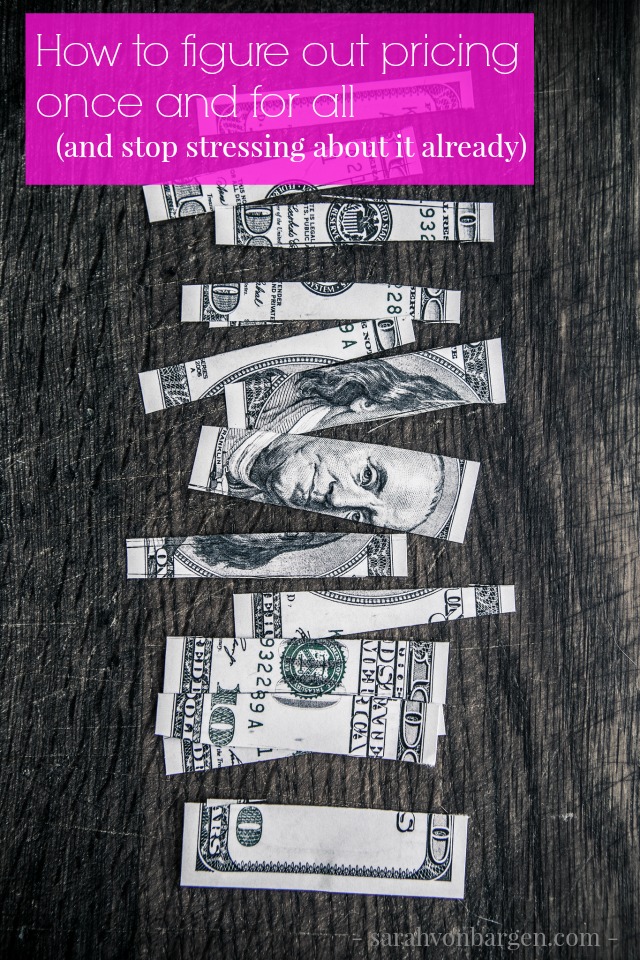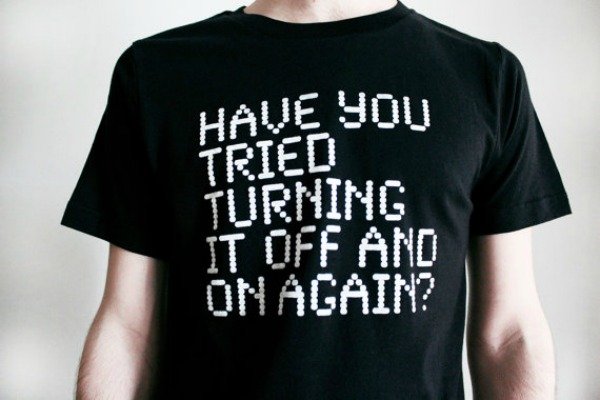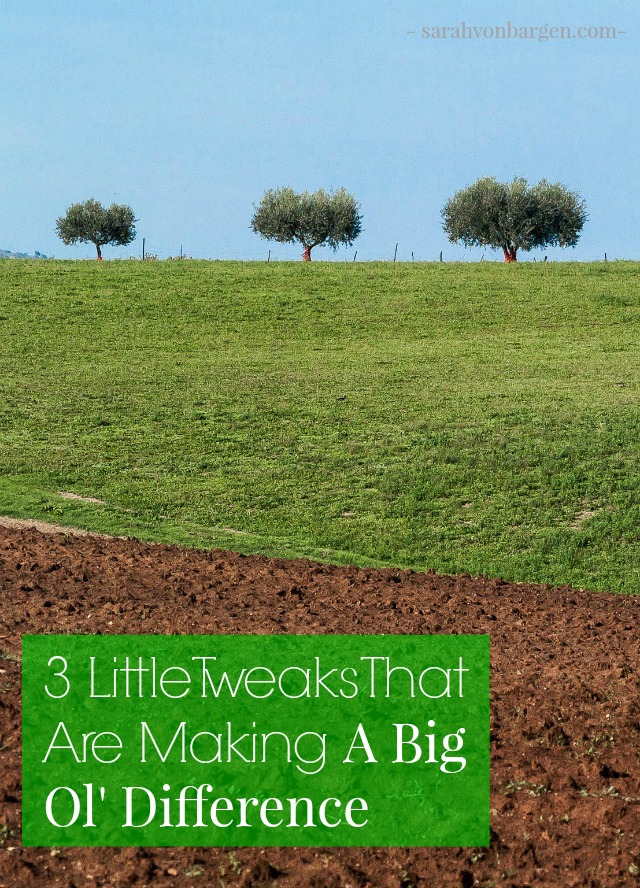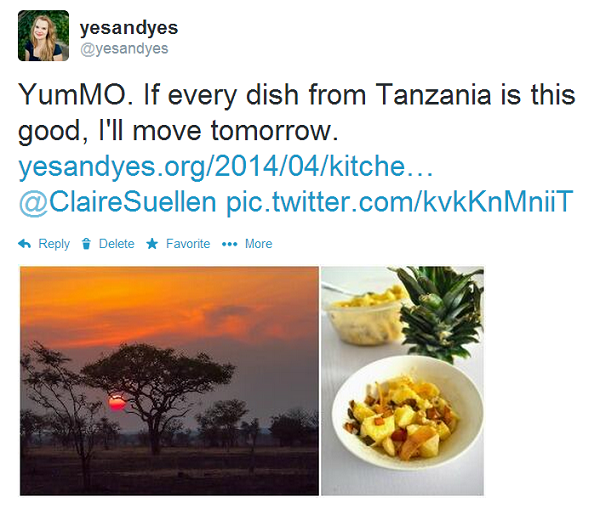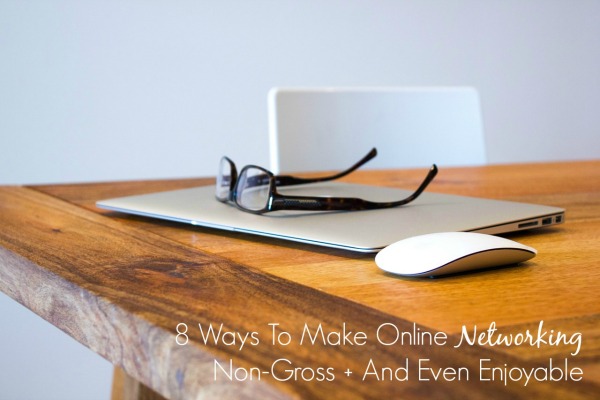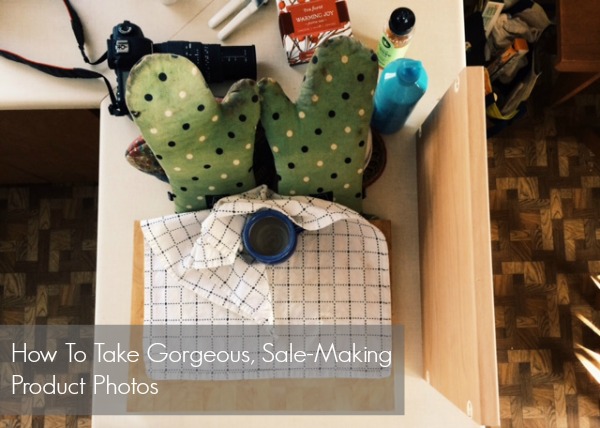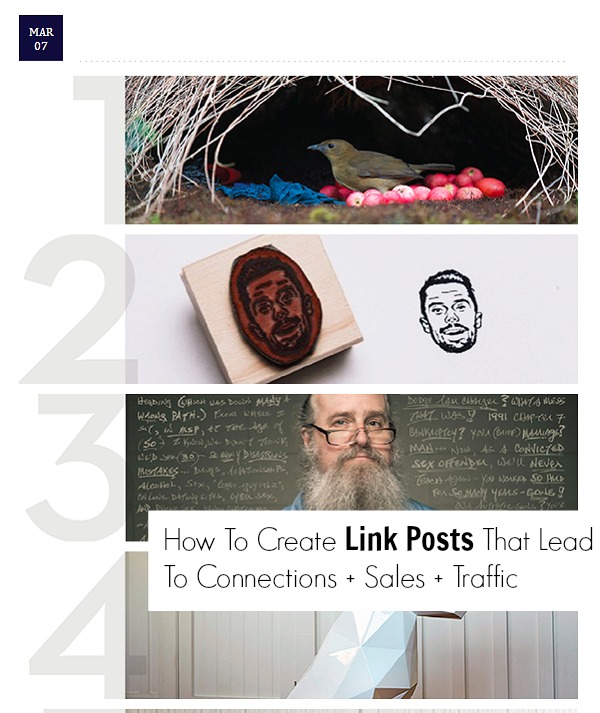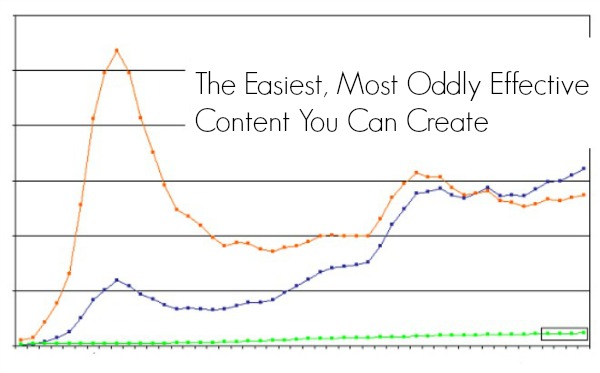This guest post comes to us via Temmy Ola, a copywriter who specializes in crafting crazy-awesome copy for entrepreneurs and online brands. She believes in love selling, and helps clients craft their core messages by lovingly connecting with their tribes on a deeper, emotional level to attract the right clients, make more money and live the life of their dreams. Download her bombshell kit for free here; bearing in mind that she doesn’t mind a little stalking on Twitter.
Sitting all alone in your home office, your stress level is slowly rising. I mean, you’re done with that genius of an idea you’ve been cooking up for a while, and you can’t wait to unveil it to the world as your ‘next big thing’. Palm sweating and all, you’re struggling desperately to find that ‘price’ - the right one for both you and your ideal clients. The answer is not that simple, you turn to Google and maybe other superstars in your niche, and then you see that same over-used cliché springing up every time – “Charge what you’re worth.”
Charging what you’re worth is misleading, to say the least, and shouldn’t by any means be the yardstick for pricing your products and services. Why? Because your worth cannot be quantified. Your worth equals everything that encompasses you – the summary of your years of experience, your level of education, the skills you’ve acquired over the years and everything you’ve invested in yourself, which frankly, is priceless. So instead of charging what you’re worth, charge what your product or service is worth. How to do that? Read on.
-
Premium positioning
This doesn’t only apply to pricing models; it applies to every other aspect of your business. Position yourself as the expert. Don’t wait for permission to own your expertise, own it already. Premium positioning awards you the opportunity to charge premium prices. When people see you as the expert in your field, and are able to associate quality with whatever you lay your hands on, very few people will have issues with your pricing. -
Do the quality test
The next time you want to roll out a new product or service, or even a new launch, gather a group of trusted friends or colleagues to beta test for you. This is not for collecting testimonials, but for constructive criticism and feedback. They’re getting your product or service for free, and you’re testing the waters to know if you’re truly delivering value. After the beta testing, send them a follow up e-mail and ask a series of questions. This gives you an insight into how others see your product or service and enables you to add more value before you finally unveil it.
-
Think like your (ideal) client
Chances are you’re not your ideal client. This is where you have to get creative. Step out of your shoes for once and step into the shoes of your ideal clients. How rich are your ideal clients? Will they be able to afford this? Ask yourself all these questions before deciding on a price point. Be careful here though, as most people will buy stuffs they may not otherwise be able to afford, if it addresses their “pain points” and they can clearly see the value. -
Keep track of your investments
Add up every little thing you invested to make that product or service a reality. This includes every dollar you spent and most importantly your time. How much do you need to break even and make profits? How many clients do you need to work with, without compromising on quality? Add all these together, and pick a price you’re most comfortable with.
Using the above mantras, pick a price that puts money in your pocket and value in your client’s pocket. Remember you’re in business to make money, and if you don’t, you’ll eventually become stressed out and burn out.
How do you set your prices? Tell us in the comments!
photo via tax credits // cc



















